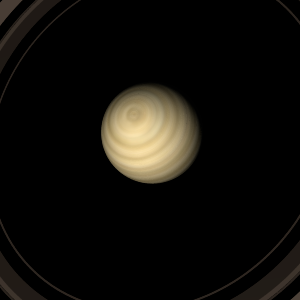|
|
Space Astro
|
Info for exoplanet "Damegreip Steph"
| Scientific (actual) data |
|---|
| Name | HD 66428 b |
| Planet status | Confirmed |
| Planet mass | 3.37 |
| Mass sini | 3.37 |
| Orbital period | 2284.53 |
| Semi major axis | 3.558 |
| Orbit eccentricity | 0.418 |
| Inclination | 90 |
| Angular distance | 0.057818 |
| Discovered | 2006 |
| Updated | 2025-08-13 |
| Omega | 299.391 |
| Tzero vr | 12139 |
| K | 54.441 |
| Publication | Published in a refereed paper |
| Detection type | Radial Velocity |
| Mass measurement type | Radial Velocity |
| Alternate names | HIP 39417 b |
| Star name | HD 66428 |
| Right ascension | 120.87° |
| Declination | -1.16° |
| Mag v | 8.25 |
| Star distance | 55 |
| Star metallicity | 0.31 |
| Star mass | 1.14552 |
| Star sp type | G5 |
| Star age | 5.56 |
| Star temperature | 5752 |
| Star alternate names | HIP 39417 |
| Wikipedia article | HD 66428 b |
Back
| |
| Fictional info (?) |
|---|
| Suggested name | Damegreip Steph |
| Planet type | Large cold gas giant |
| It has the densest atmosphere of the large cold gas giants, consisting of huge amounts of xenon. |
| Atmosphere | Xenon | 93% |
| Formaldehyde | 6.1% |
| Atmospheric pressure | 90 bar |
 |
| No known satellites |
| Google search for Damegreip steph |
|
Website by Joachim Michaelis
|
|
|
|